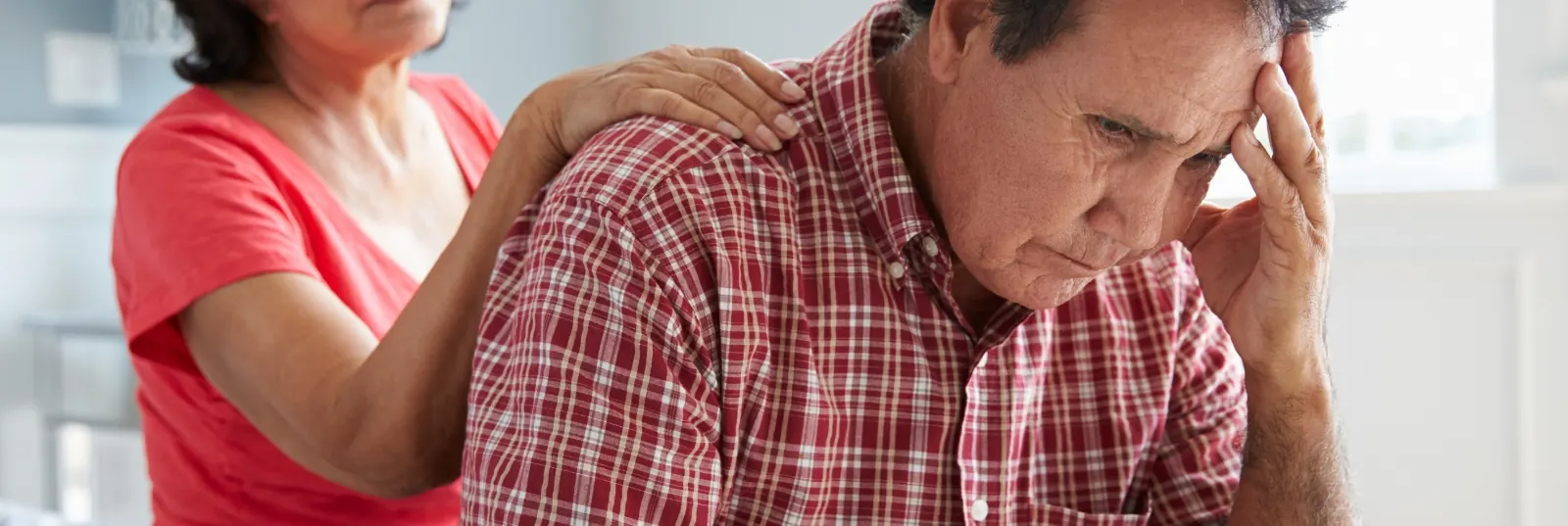Dr. Shawn Allen has either authored or reviewed and approved this content.
Page Updated:Breathe better, sleep better, feel better!
Houston Sleep Apnea Specialist Dr. Shawn Allen is a Board-Certified Otolaryngologist (ENT) and a leader in the diagnosis and treatment of sleep apnea, as well as sinus conditions and nasal breathing disorders.
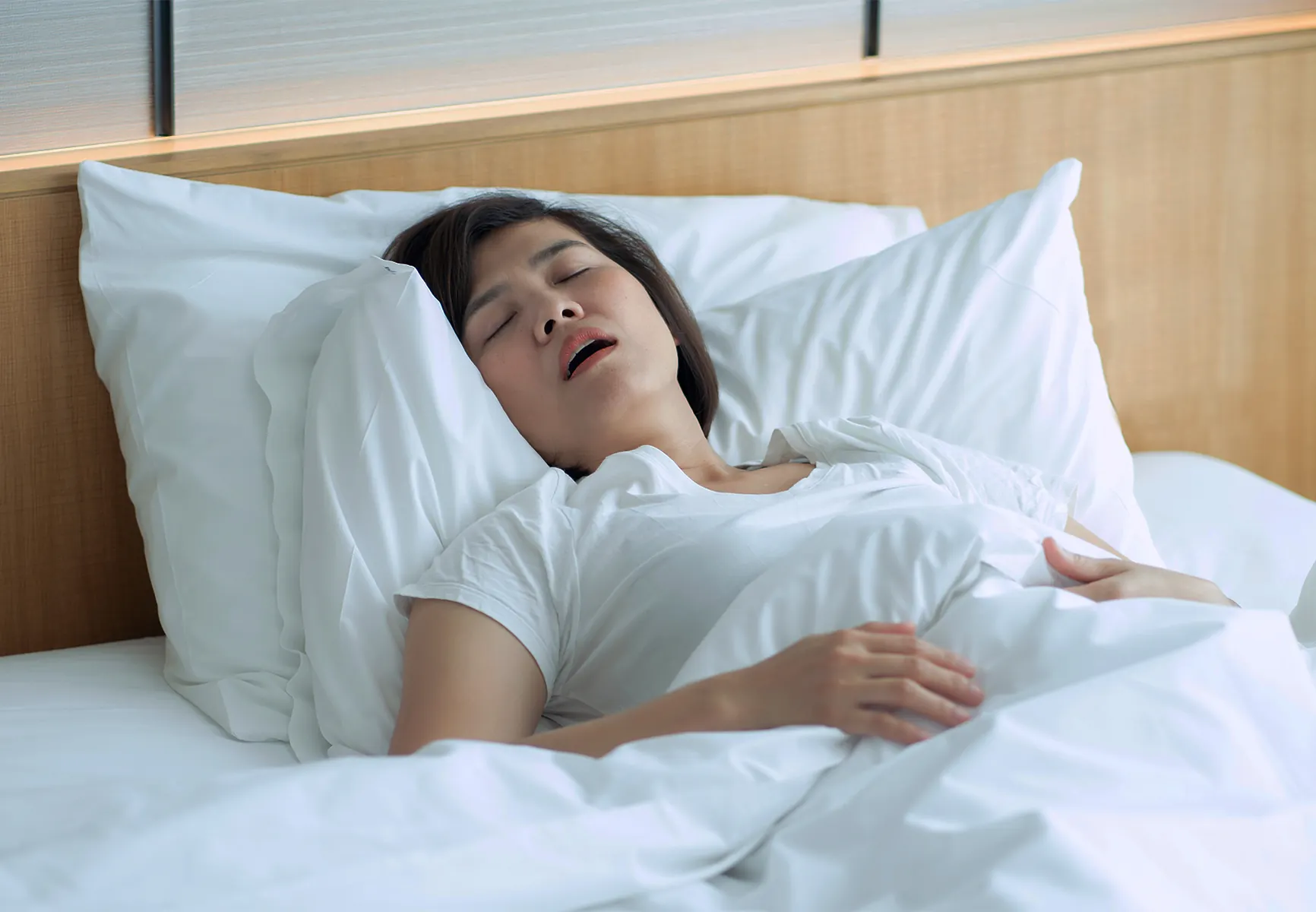
Sleep apnea is a sleep disorder that is characterized by an interruption in airflow while a person is sleeping. These pauses in breathing are either central (when the brain fails to trigger breathing appropriately) or obstructive (when there is effort to breath but obstructions in the airway prevent any or most of the airflow from occurring). Failure to breathe properly disrupts sleep and often causes fatigue, daytime sleepiness, and other potential health complications that will be discussed below.
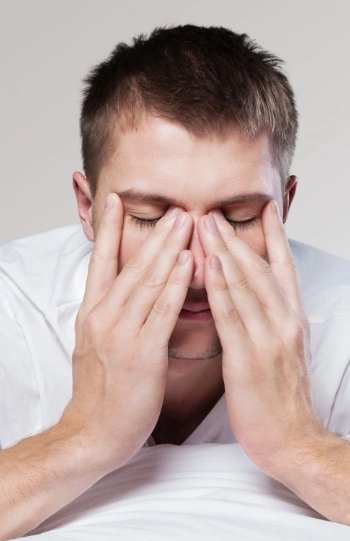
There are three main types of sleep apnea, and each type is further classified by severity according to the number of disruptive events per hour (<5 normal, 5-14 mild, 15-29 moderate, and 30 or more is severe).
Sleep apnea causes a wide spectrum of symptoms, making it challenging to recognize in some individuals. Most commonly it presents with daytime fatigue and excessive drowsiness during the daytime despite trying to get adequate sleep. However, a large portion of individuals with sleep apnea do not report significant drowsiness, and it can involve any or all of the following symptoms as well:
The likelihood of developing sleep apnea increases with age and men are more commonly diagnosed with sleep apnea than women; obesity is also a
Trusted Source
What is Sleep Apnea?
The American Sleep Apnea Association
Go to Source
primary risk factor for obstructive sleep apnea.
Other risk factors include:
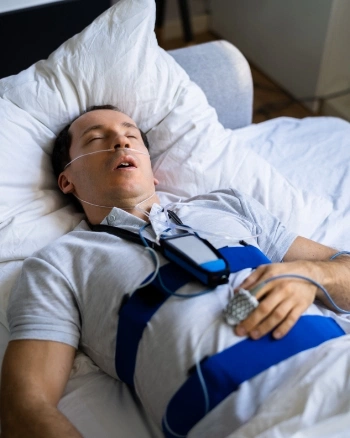
You may receive an initial diagnosis of sleep apnea based on descriptions of your symptoms from both yourself and someone who has observed you sleeping. However, a sleep study (generally performed as a home sleep test for 1 to 3 nights) will be needed for an accurate diagnosis and to determine the severity and risk level of your condition.
In certain individuals, we may recommend a lab-based sleep study for a more comprehensive polysomnogram, in which special equipment is used to monitor your breathing, movement, blood oxygen levels, and brain activity while you sleep. However, home testing is suitable for most individuals, and in general is accurate and cost effective in measuring patients with suspected obstructive sleep apnea.
There are several treatment options available for sleep apnea. Dr. Allen will explain your options and recommend which ones may be best for you based on your individual symptoms and concerns. He may also recommend lifestyle changes such as weight loss or different sleeping positions when appropriate.
CPAP/APAP therapy involves a small machine that patients use at home while they sleep. This popular non-surgical sleep apnea treatment improves sleep-disordered breathing by delivering pressurized air through a face mask that you wear while you sleep. The continuous and gentle air pressure keeps your airway open. Newer CPAP machines are smaller, quieter, and more comfortable than older models. Auto-titrating machines (APAP) are capable of adjusting pressures with each breath to ensure that only the needed support is provided for adequate breathing, and are appropriate in most cases.
The Inspire Upper Airway Stimulation System is an implantable device that treats sleep apnea by sending an electrical signal to the hypoglossal nerve while breathing in to move the tongue forward and open the airway (similar to the pressure support provided by a CPAP machine moving the tongue forward). This newer technology is appropriate for patients with moderate or severe obstructive sleep apnea that cannot tolerate regular use of a CPAP or APAP machine.
The implant is surgically placed within the right upper chest and right neck just below the jawline through two small incisions during an outpatient procedure. Inspire implant surgery is generally tolerated very well and involves a quick recovery. Prior to this procedure, a diagnostic evaluation of the throat is required to assess the nature of collapse and ensure that Inspire therapy is appropriate. This is referred to as Drug-Induced Sleep Endoscopy, or DISE, and is performed under IV sedation to simulate your condition during sleep. When patients are screened appropriately, this procedure is highly successful and achieves a significant reduction in the symptoms and health impact of obstructive sleep apnea without the use of positive airway pressure support.
In some cases traditional surgeries are the best options to effectively treat sleep apnea. A comprehensive evaluation to pinpoint the underlying causes of obstructive sleep apnea will determine what type of surgery will be recommended in each individual case. This evaluation generally involves imaging of the nasal airways (CT Sinus) to ensure the nose is adequately open, flexible endoscopy in the clinic to evaluate the throat, and when needed a Drug-Induced Sleep Endoscopy to visualize the obstructions while the patient is sleeping for a more accurate evaluation. Sleep apnea surgeries include:
Some people have a negative view of CPAP because they may have seen older machines that were large or loud. Newer devices are smaller, quieter, and offer a variety of mouth or nasal masks that many people find comfortable to sleep with. However, if CPAP is not right for you, Dr. Allen will explain all your treatment options to find one that works for you long-term.
The short term effects of sleep apnea, such as drowsiness, can have a serious impact on people’s lives, but the long-term effects of untreated sleep apnea can be detrimental to health. Drowsiness and mental fatigue may lead to an increased risk for automobile accidents, decreased productivity, irritability, and more. The prolonged lack of restful sleep can lower your immune system function through elevation of cortisol (the body’s natural steroid) and cause challenging weight gain that is less responsive to diet and exercise. If left untreated, the repeated drops of oxygen levels and stress-induced rapid heart rate caused by sleep apnea can lead to or worsen
Trusted Source
Risks of Sleep Apnea
American Sleep Association
Go to Source
high blood pressure, heart arrhythmias, heart attack, heart failure, and stroke
. It has been linked with sudden death during sleep as well, which is an increasingly recognized risk of untreated sleep apnea.
Sleep apnea and type 2 diabetes are both serious diseases that are more prevalent in people with obesity. One clinical study found that more than
Trusted Source
Obstructive sleep apnea and type 2 diabetes: is there a link?
Pamidi S, Tasali E
Go to Source
70% of people with type 2 diabetes
also have obstructive sleep apnea. The interruptions in airflow that occur with OSA can have a negative effect on blood sugar levels and exacerbate type 2 diabetes complications.
Children sometimes develop sleep apnea due to enlargement of tonsils and adenoids, which can obstruct the pharynx similar to tongue and palate deformities in adults. In addition to typical sleep apnea symptoms, children with sleep apnea may experience night terrors or prolonged bed wetting, and
Trusted Source
Pediatric Sleep Apnea
Mayo Clinic
Go to Source
may exhibit behavioral issues during the daytime
other than drowsiness. On a positive note, obstructive sleep apnea in children with large tonsils and adenoids often resolves following a simple outpatient tonsillectomy and adenoidectomy procedure.
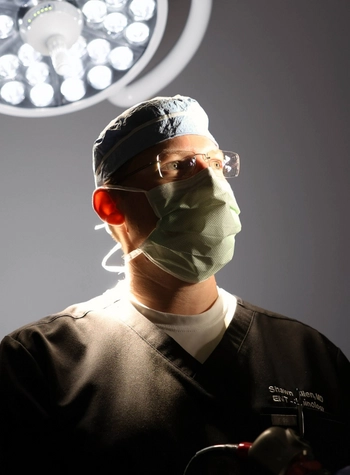
Dr. Allen is devoted to helping his patients breathe easier so they can have better overall health and an improved quality of life. Sleep is an essential component of good health. Contact us to learn more about sleep apnea diagnosis and treatment.
1 American Sleep Association. Obstructive Sleep Apnea (OSA). Available: https://www.sleepassociation.org/sleep-apnea/obstructive-sleep-apnea/ Accessed August 31, 2022.
2 The American Sleep Apnea Association. What is Sleep Apnea? Available: https://www.sleepapnea.org/what-is-sleep-apnea/ Accessed August 31, 2022.
3 American Sleep Association. Risks of Sleep Apnea. https://www.sleepassociation.org/sleep-apnea/risks/ Accessed August 31, 2022.
4 Pamidi S, Tasali E. Obstructive sleep apnea and type 2 diabetes: is there a link? Front Neurol. 2012 Aug 13;3:126. doi: 10.3389/fneur.2012.00126. PMID: 23015803; PMCID: PMC3449487.
5 Mayo Clinic. Pediatric Sleep Apnea. Available: https://www.mayoclinic.org/diseases-conditions/pediatric-sleep-apnea/symptoms-causes/syc-20376196 Accessed August 31, 2022.
Dr. Shawn Allen has either authored or reviewed and approved this content.
Page Updated: